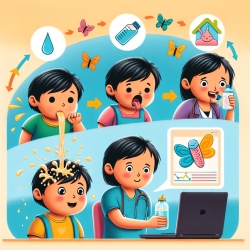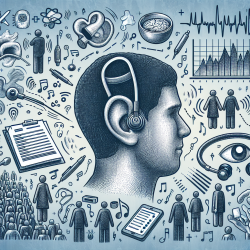The study, published in Therapeutics and Clinical Risk Management, involved 38 patients aged 3-23 years with severe drooling. The results were remarkable: 73.7% of children treated with glycopyrrolate showed significant improvement compared to just 17.6% in the placebo group (P = 0.0011). Improvements were observed as early as two weeks after treatment initiation.
Here are some key takeaways for practitioners looking to implement these findings into their practice:
- Individualized Dosing: The study utilized a weight-based dosing strategy, starting at 0.02 mg/kg three times a day and titrating up to a maximum of 0.1 mg/kg. This individualized approach ensures optimal response and minimizes adverse effects.
- Parent/Caregiver Involvement: The success of the treatment was significantly enhanced by involving parents and caregivers. A training manual was provided to educate them on recognizing adverse events and managing dosing regimens.
- Safety Profile: While glycopyrrolate was generally well-tolerated, common adverse events included dry mouth, constipation, and vomiting. Practitioners should closely monitor these symptoms and adjust dosages accordingly.
- Early Intervention: The study showed that improvements in drooling were evident as early as two weeks into the treatment. Early intervention can lead to quicker improvements in quality of life for these children.
Implementing these findings can significantly improve outcomes for children struggling with severe drooling. However, it is crucial to continue researching and staying updated on new developments in this field. This study provides a robust foundation, but ongoing education and adaptation are essential for achieving the best results.
For practitioners eager to dive deeper into the research, the full study is available for further reading. Randomized Phase III evaluation of the efficacy and safety of a novel glycopyrrolate oral solution for the management of chronic severe drooling in children with cerebral palsy or other neurologic conditions.
By leveraging data-driven insights and involving caregivers in the treatment process, practitioners can make a meaningful difference in the lives of children with cerebral palsy and other neurologic conditions.










